If you think about a day trip to Snowdonia you might think about climbing the mountain, or walking round a lake, or eating a big ice cream in Llanberis village. But then if you know me you’ll know that the draw would probably be something different altogether. Well, except for the ice cream. We did that bit…
It was the longest day of the year and a beautiful one too I thought as I started the drive down to North Wales at 7am with my friend Lucas. The plan was to explore a couple of the area’s hidden attractions a bit more off the tourist trail, and it was a plan that quickly bore fruit.
Hidden in the trees and nestled inside the former Glyn Rhonwy Quarry on the outskirts of Llanberis is an abandoned WWII bomb store with a curious back story. I’d been aware of this for a good slack-handful of years but never got around to visiting so it was nice to finally see it – and to make the most of a hot and sunny morning by disappearing off underground in to a pitch black and dusty slice of history…
It was in August 1939 that the MoD decided to construct a bomb store from reinforced concrete in the old quarry and by 1941 it was operational. Just six months later in January 1942 the weight of the slate backfill stressed the structure to the point of a catastrophic collapse, which is why today you see only the surviving half alongside a square concrete-lined roofless box.

After that it was abandoned as a bomb store but used as a disposal site until 1956. A clean up operation spanning six years began in 1969 and resulted in the removal of 85,000 tonnes of slate waste, 357 tonnes of explosive items and 1,420 tonnes of non-explosive ordnance debris. Even the adjacent quarry was drained to facilitate the exercise but despite this the MoD couldn’t confirm that everything had been found. The surrounding area now has new infrastructure but the various roads all lead nowhere, as the envisaged business park didn’t materialise.
I got rather carried away with capturing video content here so omitted to photograph its full scale of the site. This partial shot of the frontage shows the entry point. Note the trench and slightly taller arch leading towards it, where trains would have run in and out:
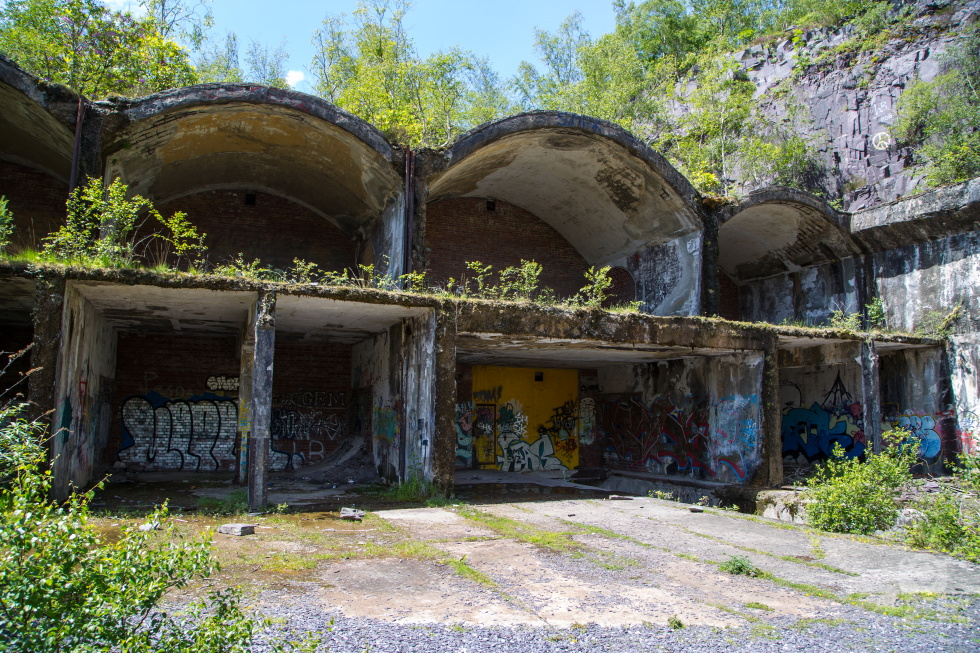
Inside is a uniform maze with little to give away its history but there are a few interesting bits if you get creative with the photography. We spent a good while playing with the shadows as we lit up an old lift shaft and took some long exposures, but in truth we didn’t have enough lights to do everything I would have liked.

After that ice cream we head over the lake and up in to the mountains to check out the former Dinorwic Quarry, exchanging a few pleasantries and some information with some other explorers while we were at it. If you’re prepared for a good climb you’ll find a seemingly never-ending proliferation of abandoned slate buildings in varying states of decay.
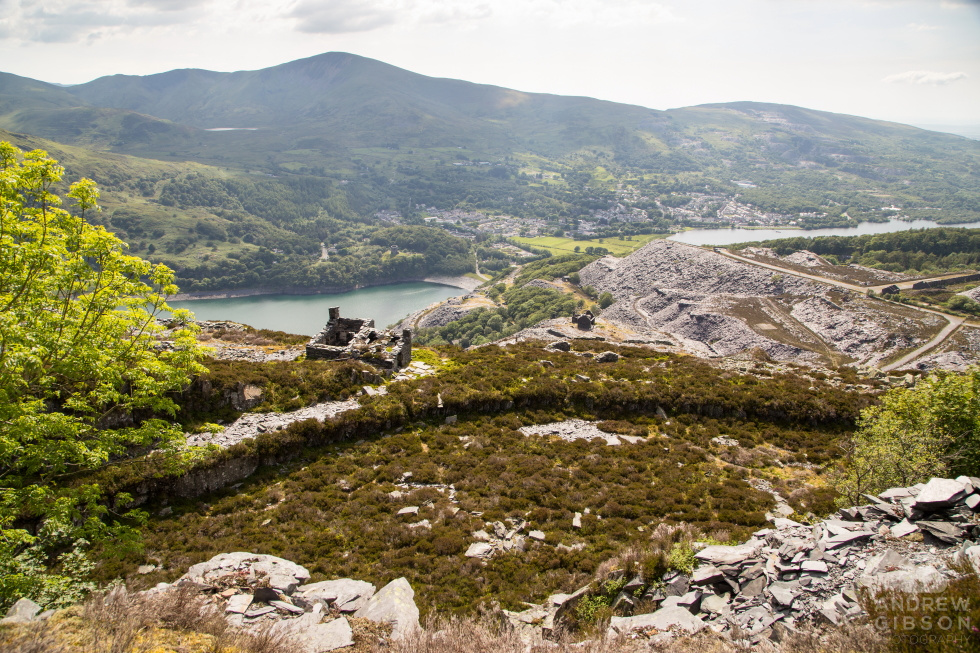
From its origins in the late eighteenth century Dinorwic grew to be the second largest slate quarry in the world after nearby Penrhyn, with 3000 men working there at its peak. As with many an industrial operation though the post-war years weren’t kind, and after a disastrous collapse of a slate tip in 1966 it finally closed in 1969 amidst heavy debts.
Despite an asset sale ordered by the Receiver parts of the site were preserved by the local authority as the National Slate Museum. Further up though it was surprising what was left fifty years later…

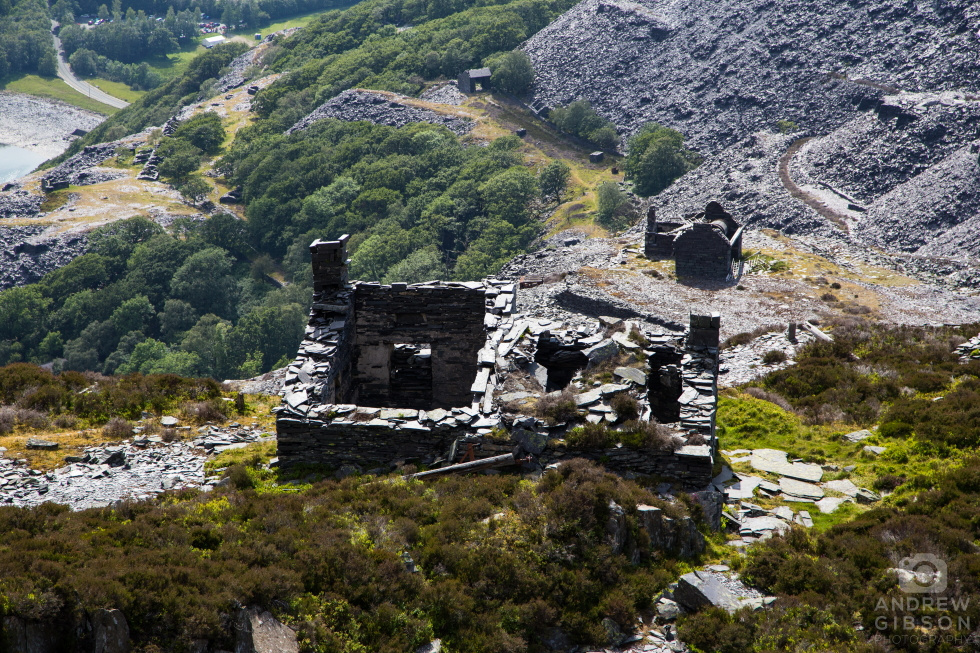
The slate buildings sit comfortably within the landscape as though they belong there, in a way that National Park planners can only dream about today. And yet it was purely for convenience that they were built from the product being quarried.
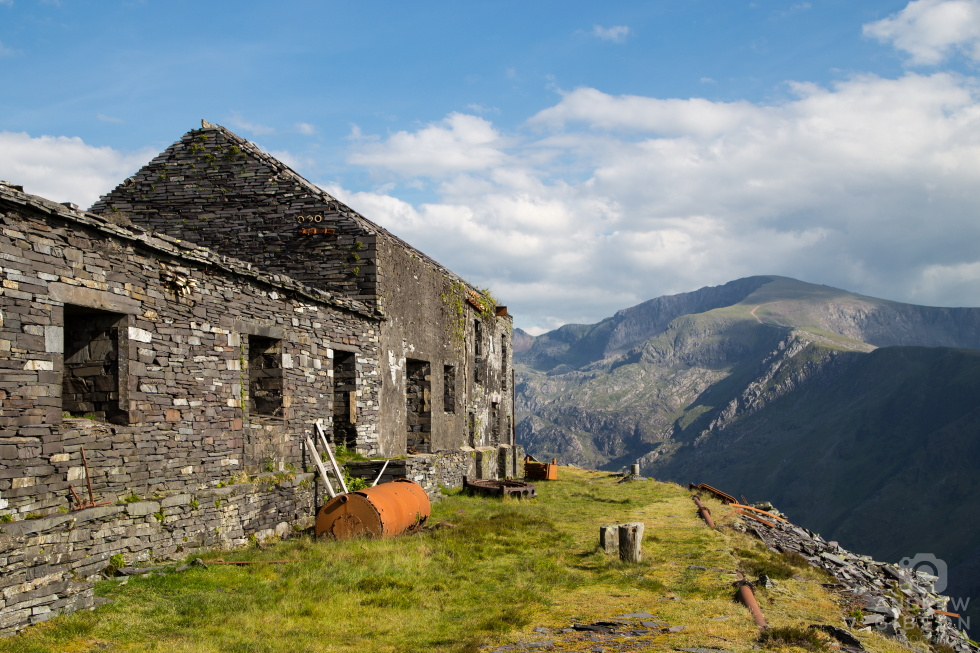
At the highest point we ventured to we found the cutting house, blades still attached to the machinery despite half century of all that the elements have thrown at them:
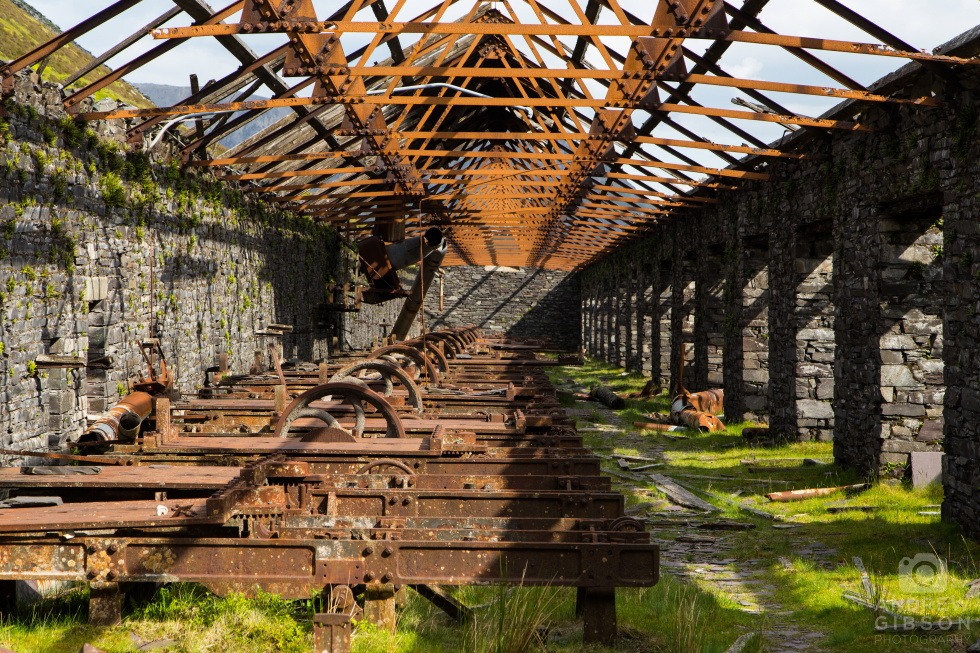
The descent was made much easier than the climb by way of a set of stone steps we chanced upon, and we stopped off at a couple of other buildings before heading out – once again bumping in to the others whose efforts for taking an alternative route hadn’t been quite as successful. The climb under the summer sun may have been hard work, but it had proved worth it.


And with that we began the journey home that would take us until midnight – via Conwy for dinner and Talacre lighthouse for a sunset that didn’t quite deliver.
Always good to make the most of the long days and see a bit of the alternative side of Britain though 🙂
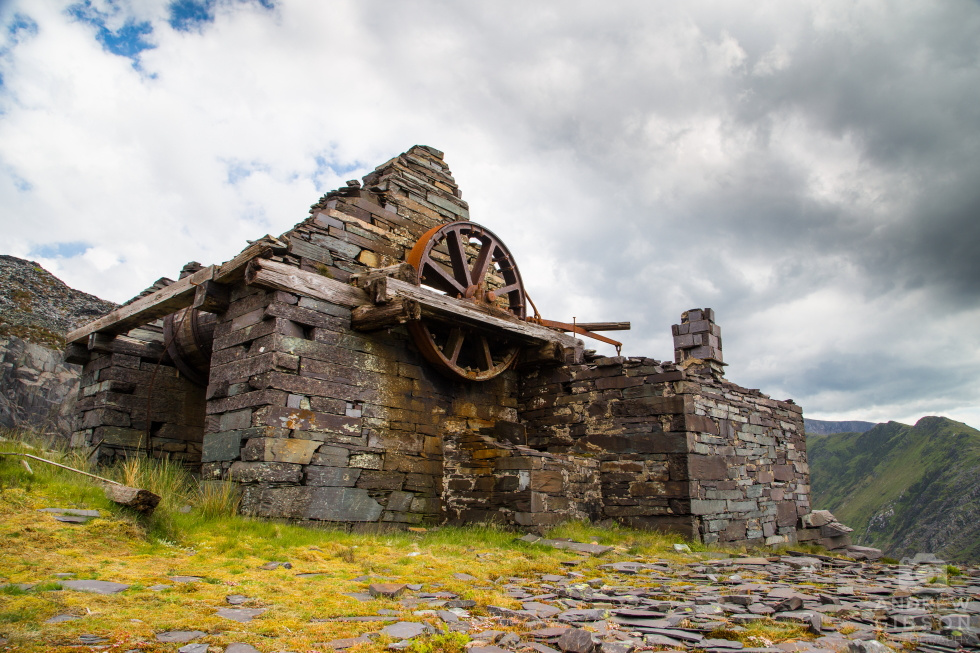
Comments
Glen Adair